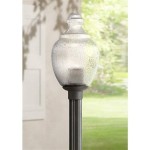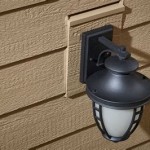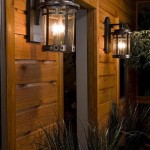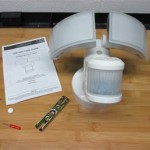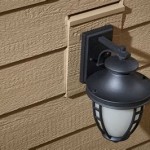How to Troubleshoot and Resolve Low Voltage Outdoor Lighting Issues
Outdoor lighting plays a vital role in enhancing the aesthetics and safety of our homes. However, when these lights fail to illuminate as expected, it can be frustrating and potentially hazardous. Low voltage outdoor lighting systems, which typically operate at voltages between 12 and 24 volts, are susceptible to a range of issues that can lead to diminished brightness or complete outages.
Troubleshooting and resolving low voltage outdoor lighting problems can be a straightforward process with the right knowledge and approach. Here are some essential steps to help diagnose and fix common issues:
Inspect Wiring and Connections
Electrical connections are often the culprit behind low voltage lighting issues. Inspect all wires and connections for any loose fittings, corrosion, or damage. Ensure that wire nuts are securely tightened and that there are no exposed wires. If any wires are damaged, they must be replaced immediately.
Check Transformer Output
The transformer is a critical component that converts higher voltage AC power to the lower voltage DC required by outdoor lighting systems. A faulty transformer can result in insufficient power being supplied to the lights. Verify the output voltage of the transformer using a multimeter. If the output is lower than the expected voltage, the transformer may need to be replaced.
Examine Light Bulbs
Although less common in low voltage systems, faulty bulbs can also contribute to low lighting. Remove and inspect the bulbs for any signs of damage, such as broken filaments or burnt-out sockets. If a bulb is defective, replace it with a bulb of the same voltage and wattage.
Clean Fixtures and Connectors
Dirt, debris, and moisture can accumulate on light fixtures and connectors over time, leading to poor electrical contact and reduced light output. Clean all accessible fixtures and connectors using a soft cloth and a cleaning agent. Ensure that they are completely dry before reattaching them.
Check for Ground Faults
Ground faults occur when an electrical current leaks from the circuit to the ground. This can trigger safety mechanisms in the system and result in low lighting or outages. Use a ground fault circuit interrupter (GFCI) tester to check for any ground faults. If a ground fault is detected, the affected circuit should be disconnected immediately and the source of the fault identified and repaired.
Additional Tips
* Use high-quality components and materials to ensure the longevity and reliability of your outdoor lighting system. * Avoid overloading circuits by connecting too many lights to a single transformer. * Regularly inspect your outdoor lighting system for any potential issues and address them promptly. * If you encounter any complex electrical problems or safety concerns, do not hesitate to contact a qualified electrician for assistance.
Outdoor Low Voltage Lighting Diy Family Handyman

Troubleshooting Low Voltage Landscape Lighting Problems Solutions

How To Make A Low Voltage Lighting Connection

Landscape Lights Not Working Solutions To 7 Common Problems

Diagnose And Repair Low Voltage Outdoor Landscape Lighting Custom Of America

Landscape Lighting Inspection Maintenance Repair 4 Key Components

Install Landscape Lighting For Added Curb Appeal

Diy A Stay At Home Dad Can Do Fix Outdoor Lighting Daddy Mojo

How To Fix Landscape Lighting

Planning Your Low Voltage Outdoor Landscape Lighting 1000bulbs Blog
Related Posts
